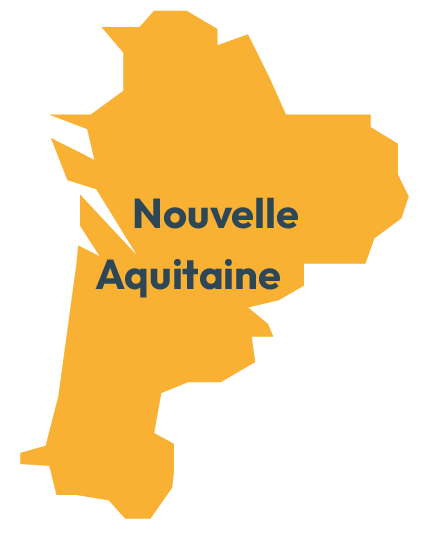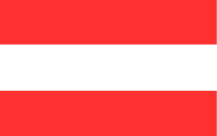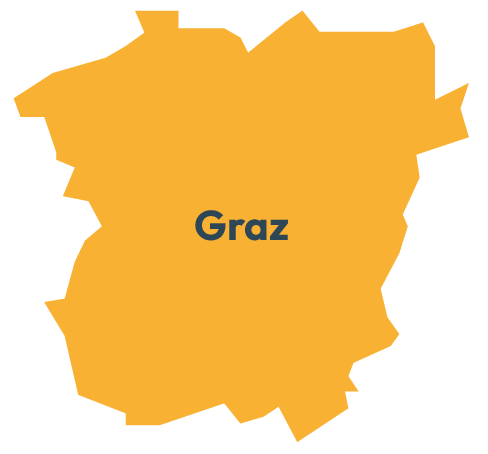Hubs4Circularity
Each of United Circles’Hub4Circularity will establish its industrial and urban networks
- It will use advanced governance frameworks
- Financial viability methodologies
- Digital tools
- Social and environmental innovations and
- A materials and products observatory
HUBS
Salamanca Hub
Urban Waste Water (UWW)
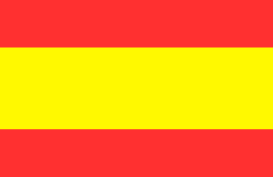
Advance the Water-Energy-Resource nexus towards optimal secondary raw material recovery, improved energy efficiency and closed water loops, fostering the implementation of a circular economy at regional scale
Read more
The UNITED CIRCLES Spanish H4C promotes the circular economy in Salamanca, transforming waste into valuable resources. Four value chains are established: energy, water, nutrients, and materials. Energy circularity is achieved with Hydrothermal Liquefaction (HTL) and biological methanation, generating renewable energy by biomethane and biocrude generation.
Water circularity is optimized with coupled Forward Osmosis (FO)-Capacitive DeIonization (CDI) desalting and novel membrane applications, reusing water from the industry and urban to new uses.
Nutrients circularity is attained with Coupled Anammox-FBR (ELAN® and Aquavite® reactors), recovering essential elements for agriculture. Materials circularity is closed with recovery of cellulose after WWTP pretreatment by RBF filter, generating new raw materials for paper industry.
The goal is to create a sustainable development model, where waste becomes resources, and the environmental impact is minimized in Salamanca.
The Spanish H4C will boost the implementation of a circular economy at local and regional scale, supporting the Circular Economy plan of Castilla y León as CCRI pilot region, and contributing to the development of the regional Circular Systemic Solution for the Food-Water-Nutrients value chain.
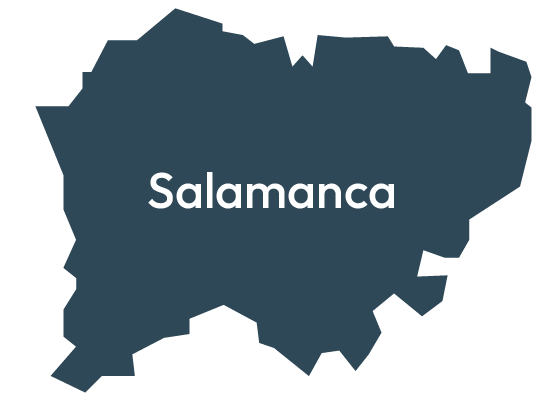

Ankara Hub
Urban Construction & Demolition Waste (C&DW)

Ankara H4C Technology Innovation Ecosystem: Industry Urban Symbiosis for C&DW Upcycling in Construction Value Chain
Read more
Within the scope of Industry Urban Symbiosis, processes Urban Construction and Demolition Waste and aims to create a 100% Upcycled Building Construction Value Chain. Upcycled C&DW will be used by Cement, Chemical/Isolation and Construction Materials sectors. EKODENGE is the hub leader.
The demonstrator will carry out 5 steps: (1) X-Ray Transmission (XRT) driven Multi-Sensor separation of C&DW; (2) sorting of concrete waste into HCP, sand and aggregate; (3) first of a kind carbonation of HCP and production of blended cement using upcycled carbonated HCP as mineral additive; (4) first production of PUR/PIR foam with recycled aniline; and (5) First of a kind creation of CBPB with 40% upcycled materials. Finally, all the steps will launch the products’ use in constructing a two-storey 3D-printed building.
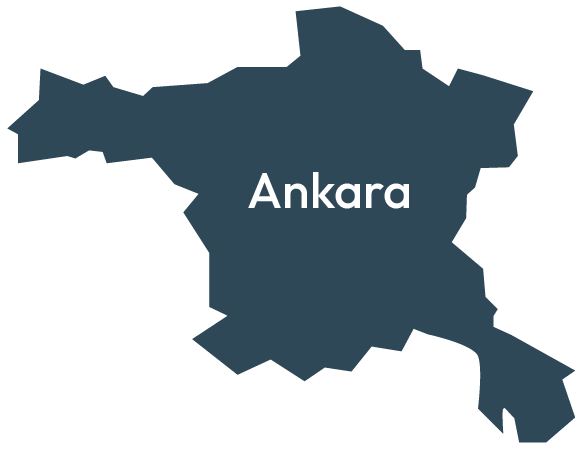

Veneto Hub
Urban Food Waste - Used Cooking Oil (UCO)

Read more
The Italian Hub for Circularity (ItH4C) will demonstrate how waste can be reintegrated into production cycles through biorefining technologies. Focusing on used cooking oils and second-generation sugars, ItH4C will support the transformation of organic waste into bioplastics and bio-based materials, developing products relevant to urban environments and agriculture.
A key element of this process is the efficient collection, storage, and distribution of used cooking oils, ensuring a stable, traceable, and high-quality input for circular production. The potential to valorise by-products and secondary flows into valuable resources will also be explored. Through real-world implementation and impact assessment, ItH4C will adopt cooperative circular economy models, creating scalable and replicable solutions for a sustainable bioeconomy.
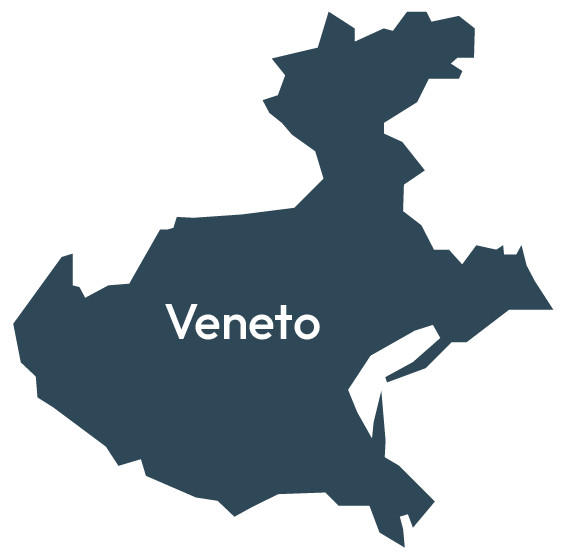

MIRRORING HUBS
Each of the Demonstrator H4C will be followed by four Mirroring Hubs for replication

Eastern Macedonia & Thrace Hub
Transforming Greece’s construction waste systems into circular waste value chains
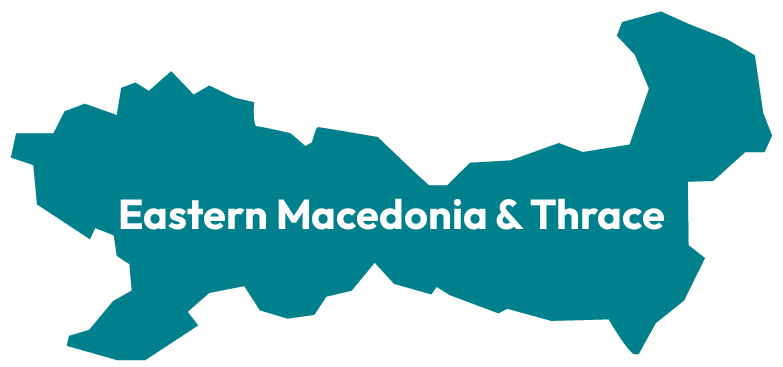


Southern Transdanubia Hub
Wastewater treatment solutions for circular urban-Industry symbiosis in urban and rural environments
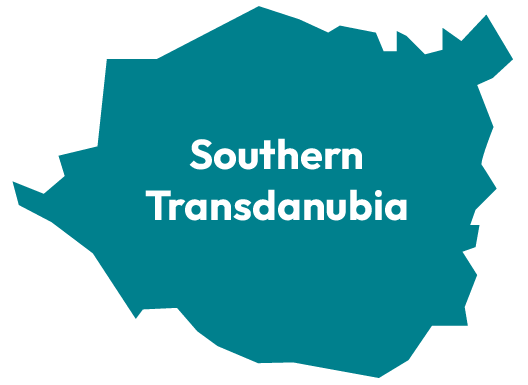


Gauteng Hub
Transformation for South Africa’s industrial and urban waste systems into circular waste value chains
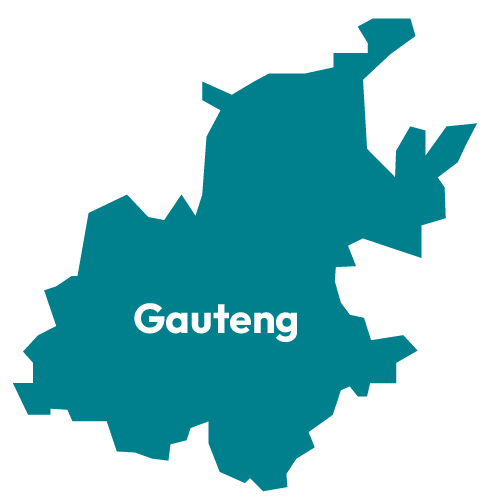


Kent, East and West Sussex and Brighton & Hove Hub
Tech-Takeback (lead) Kent County Council and Claire Potter Design will be setting up a mirroring hub of the Veneto demonstrator across Kent, Brighton & Hove and Sussex with an added focus on other priority urban material streams in the region.
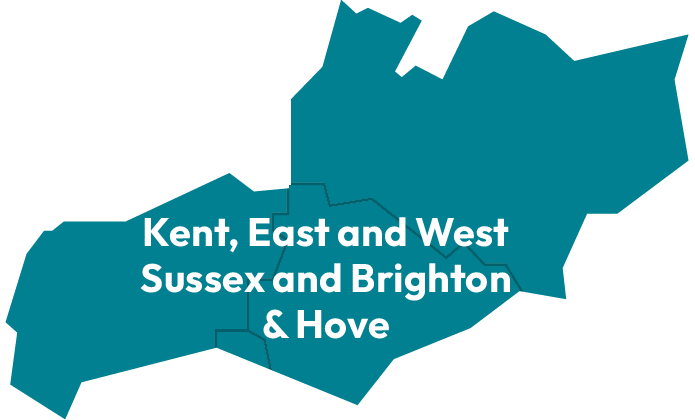

SEED HUBS
The concept of ‘Seed Hubs’ for H4C will be tested by four beneficiaries
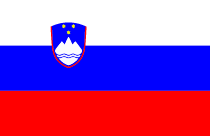
Velenje Hub
Fostering collaboration to support region’s transition away from coal industry, leveraging available funds to address challenges and explore new opportunities in (W)EEE sector.
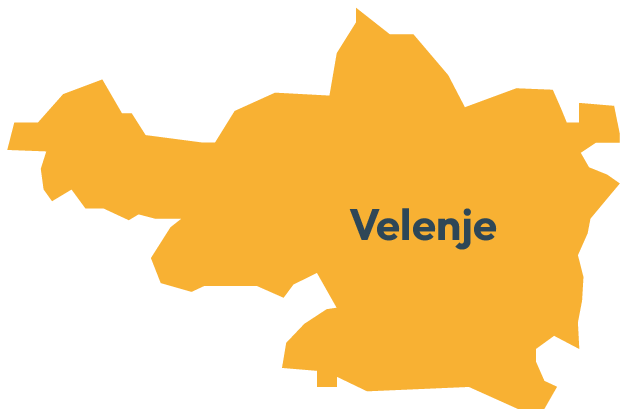


Beirut Hub
Lebanon’s Living Material and Recycled Concrete Seed Hubs unite stakeholders to transform biomaterials and post-war construction rubble into circular value chains, advancing regional industrial symbiosis.
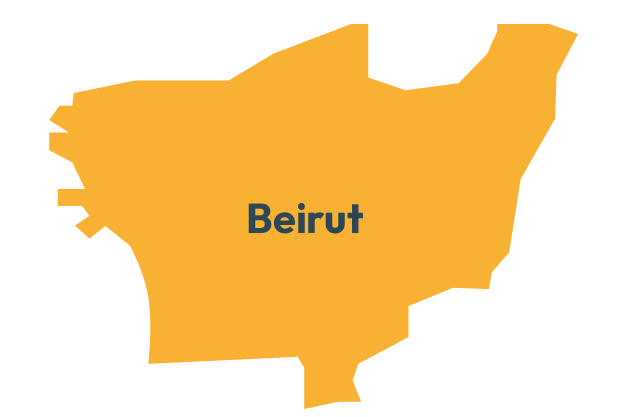


Nouvelle Aquitaine Hub
The acceleration development by facilitating the distribution and sale of reclaimed building products in a highly dynamic emerging market.
